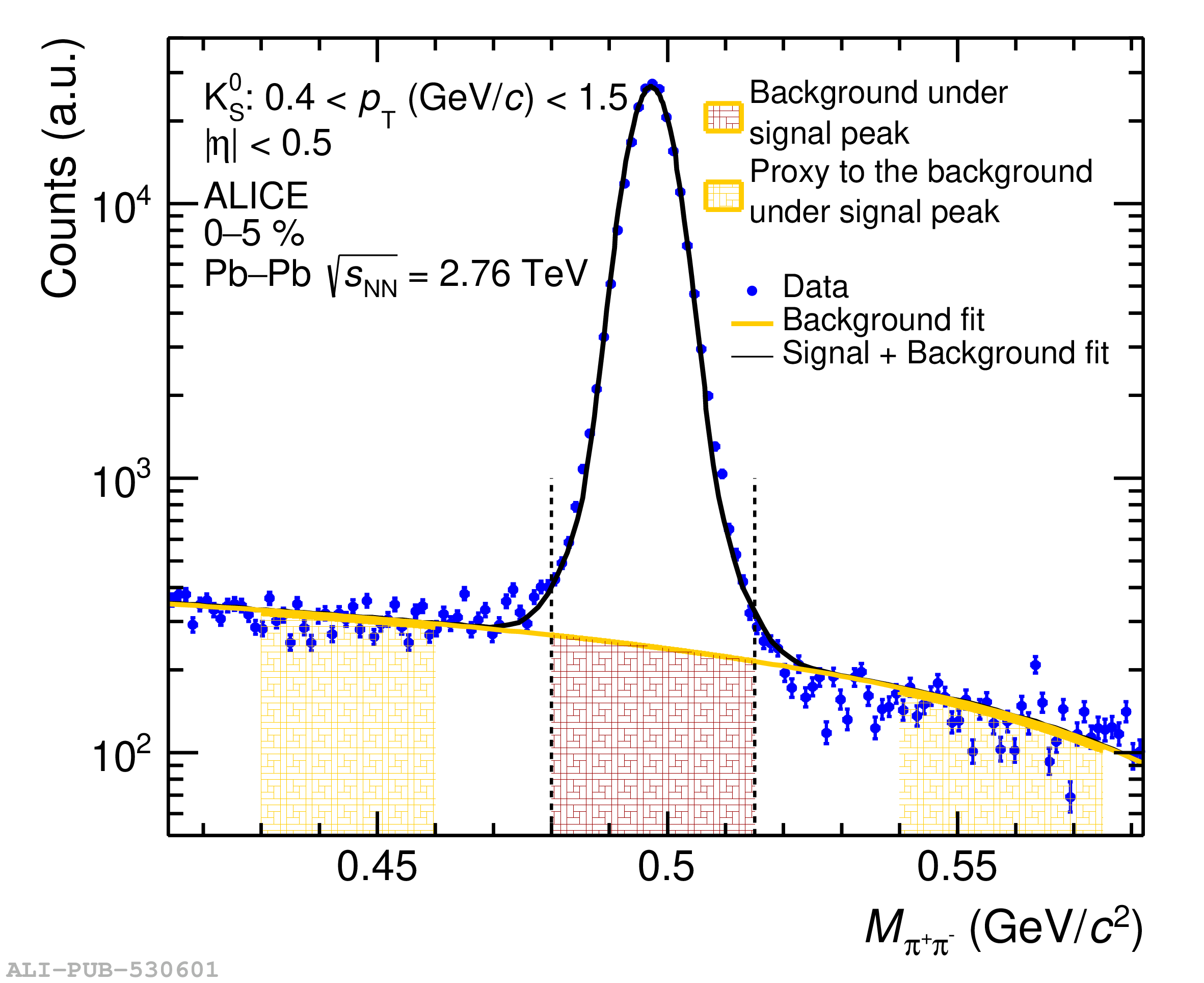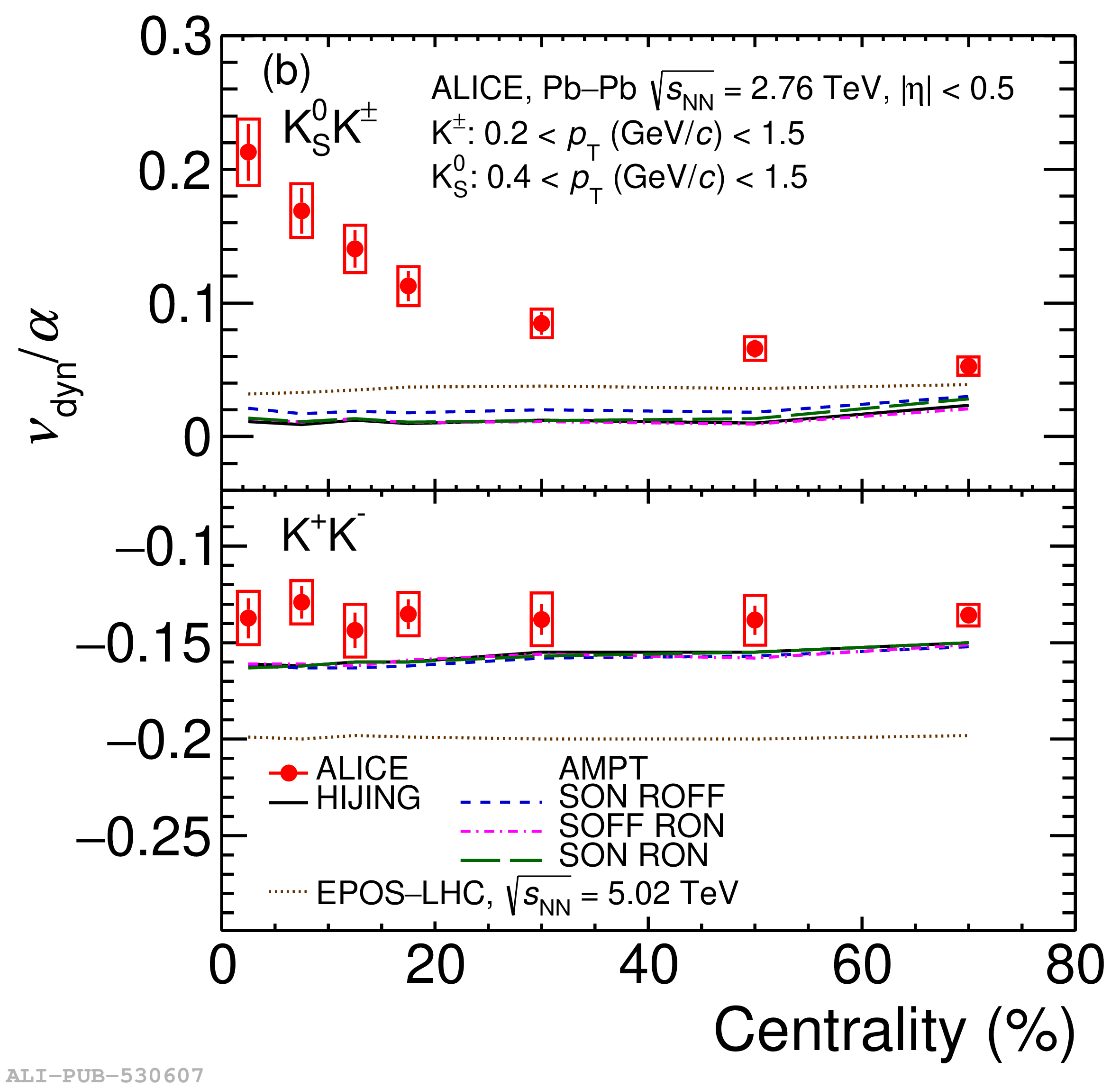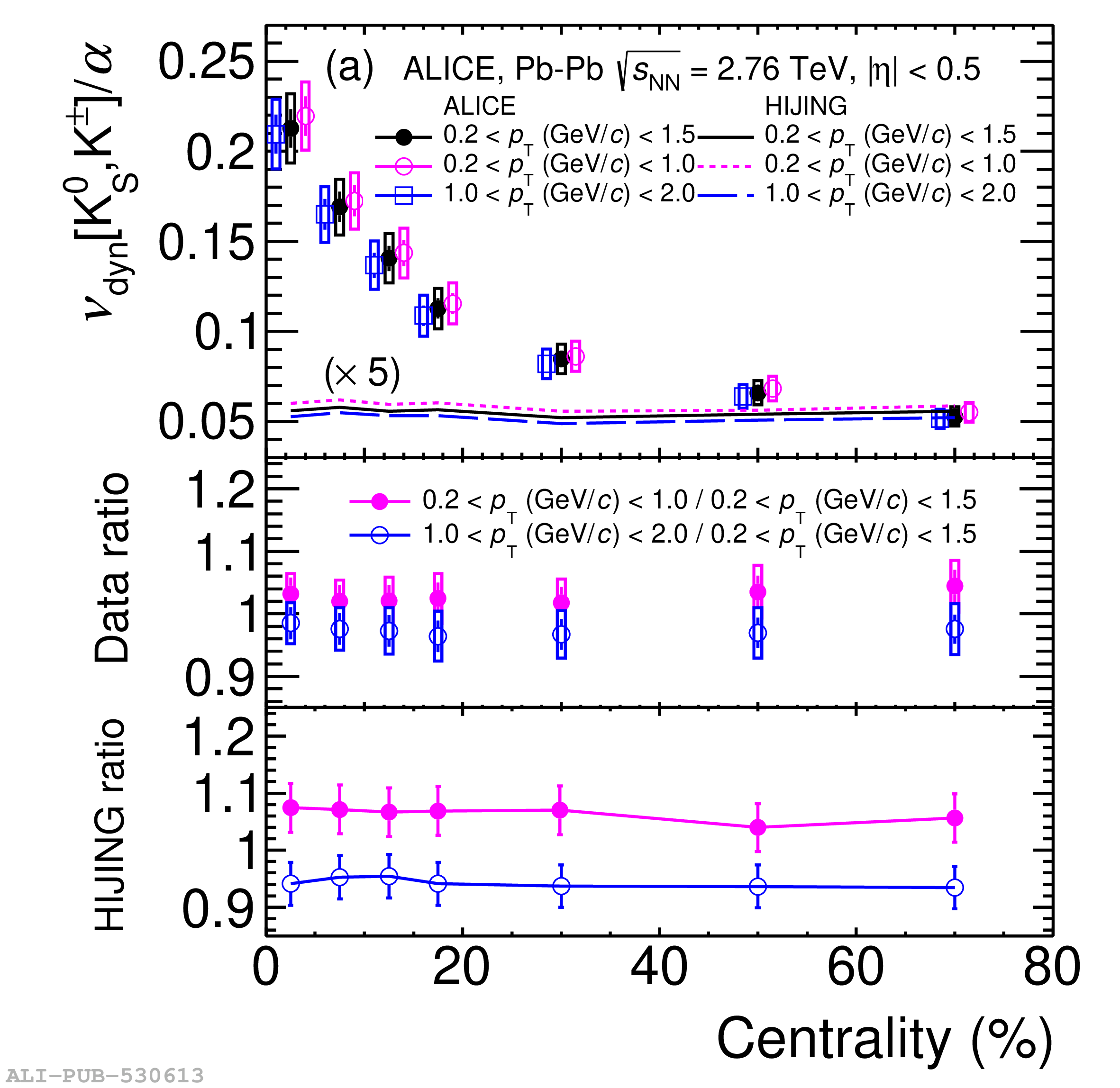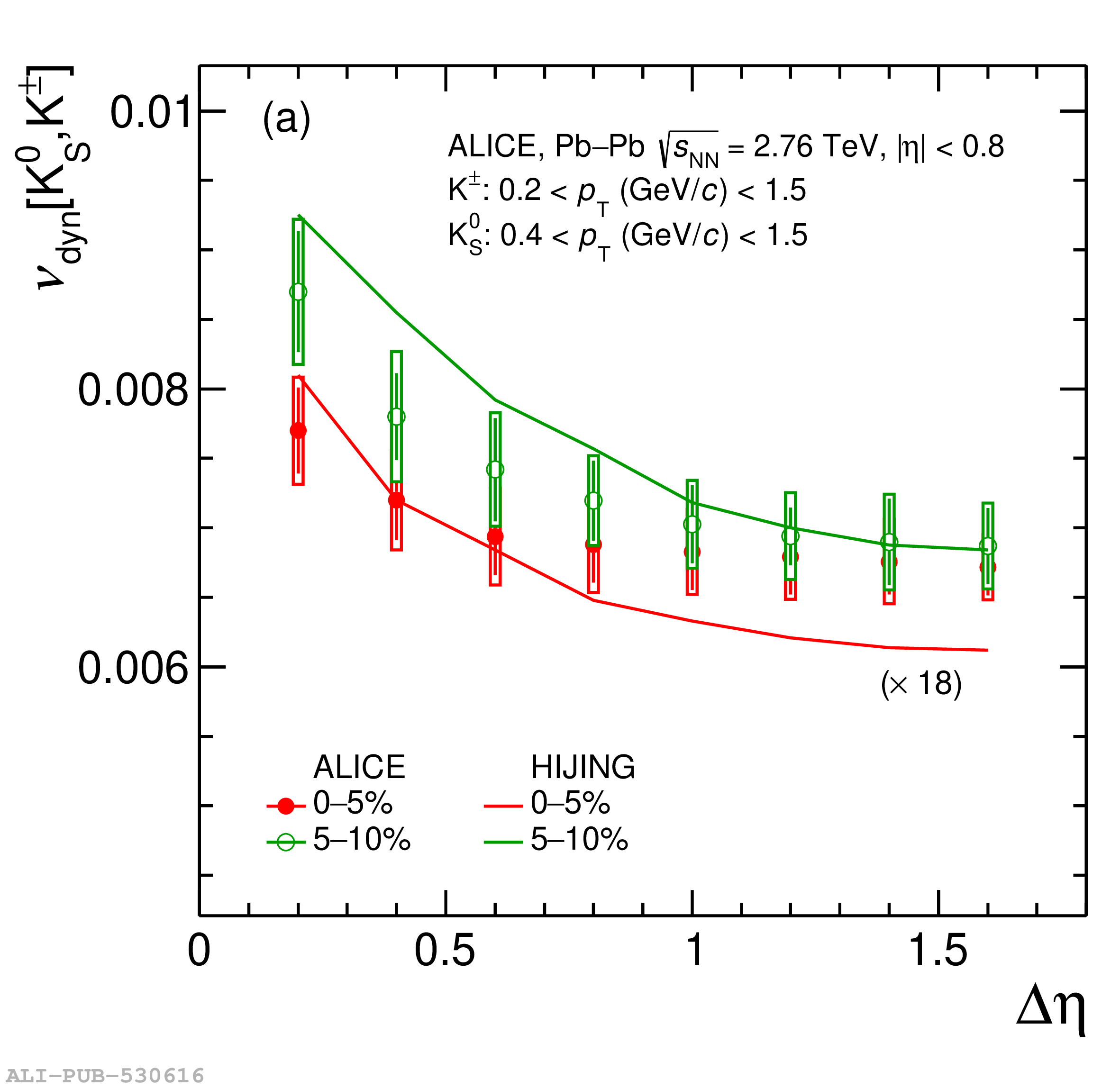We present the first measurement of event-by-event fluctuations in the kaon sector in Pb-Pb collisions at $\sqrt {s_{\rm NN}}=$ 2.76 TeV with the ALICE detector at the LHC. The robust fluctuation correlator $\nu_{\rm dyn}$ is used to evaluate the magnitude of fluctuations of the relative yields of neutral and charged kaons, as well as the relative yields of charged kaons, as a function of collision centrality and selected kinematic ranges. While the correlator $\nu_{\rm dyn}[\rm K^+,\rm K^-]$ exhibits a scaling approximately in inverse proportion of the charged particle multiplicity, $\nu_{\rm dyn}[\rm K_S^0,\rm K^{\pm}]$ features a significant deviation from such scaling. Within uncertainties, the value of $\nu_{\rm dyn}[\rm K_S^0,\rm K^{\pm}]$ is independent of the selected transverse momentum interval, while it exhibits a pseudorapidity dependence. The results are compared with HIJING, AMPT and EPOS-LHC predictions, and are further discussed in the context of the possible production of disoriented chiral condensates in central Pb-Pb collisions.
Phys. Lett. B 832 (2022) 137242
HEP Data
e-Print: arXiv:2112.09482 | PDF | inSPIRE
CERN-EP-2021-261
Figure group







